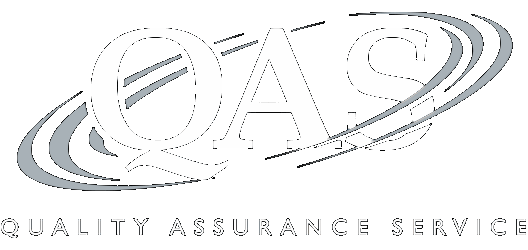Alternative Apportionment: Requesting Relief From Unfair Allocations, Common Alternative Methods, State Nuances
Recording of a 110-minute CPE webinar with Q&A
This webinar will review the benefits of alternative apportionment for multistate companies struggling with inequitable state tax liability calculations using statutory allocations and apportionment methods. The panelist will explain which companies benefit most from alternative apportionment, review the process for alternative apportionment in specific states, and highlight the most beneficial methods to use in specific scenarios.
Outline
- Benefits of alternative apportionment
- Requesting relief
- Alternative methods
- State nuances
- Common scenarios
- Recent rulings
Benefits
The panelist will cover these and other important issues:
- The benefits of alternative apportionment for SaaS and service-oriented companies
- Common alternative methods used in states that use single-factor sales apportionment
- Applying for an alternative apportionment method in specific states
- Recent state rulings concerning alternative apportionment
Faculty

George W. Rendziperis, JD
Director
Baker Tilly US
Mr. Rendziperis is a director with Baker Tilly’s state and local tax (SALT) practice. He has more than 15... | Read More
Mr. Rendziperis is a director with Baker Tilly’s state and local tax (SALT) practice. He has more than 15 years of experience with assisting taxpayers in matters involving state income, franchise, gross receipts, sales and use, withholding, controlling interest transfer and real and personal property taxes, as well as unclaimed property and state tax credits and incentives. Mr. Rendziperis also provides experienced counsel in state tax controversies, audit defense and state tax litigation matters.
Close
